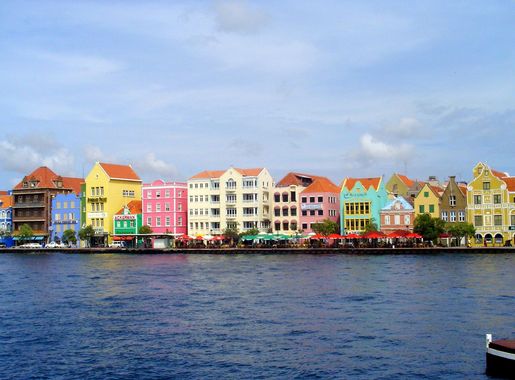
Willemstad: A Caribbean Gem Steeped in History and Vibrant Culture
Explore Willemstad: A Caribbean paradise where vibrant culture, stunning architecture, and breathtaking beaches come together for an unforgettable experience.
Willemstad, the capital city of Curaçao, is a tapestry of rich history and vibrant culture. With its colorful Dutch colonial architecture, the city looks like a painting come to life. The UNESCO World Heritage site, Punda, is a must-see for its iconic Handelskade waterfront street, lined with pastel-colored buildings that reflect the island's unique blend of European and Caribbean influences. Strolling through the city, you will find an array of museums, art galleries, and historic landmarks that tell the story of Curaçao's diverse past. The city's charm extends beyond its architecture. Willemstad is a bustling hub of activity, offering a plethora of dining, shopping, and entertainment options. The floating market is a lively spot where vendors from Venezuela sell fresh produce directly from their boats. The local cuisine is a delightful fusion of African, Dutch, and Caribbean flavors, and there are plenty of waterfront restaurants where you can savor these dishes while enjoying stunning views of the harbor. Don't miss the opportunity to try traditional dishes like Keshi Yena and Funchi. For those who love the sea, Willemstad offers easy access to some of the best beaches in the Caribbean. Whether you prefer relaxing on the white sands of Mambo Beach or snorkeling in the crystal-clear waters of Playa Kalki, there is something for everyone. The city's many dive shops offer excursions to explore the island's vibrant coral reefs and shipwrecks. And if you're lucky, you might even spot a sea turtle or two!
Local tips in Willemstad
- Visit the floating market early in the morning to get the freshest produce.
- Wear comfortable walking shoes as the cobblestone streets can be uneven.
- Try to visit the Queen Emma Bridge at night when it's beautifully lit.
- Sundays are quiet; many shops and attractions may be closed.
- Take a guided walking tour to learn about the city's rich history.
Neighbourhoods in Willemstad
Willemstad: A Caribbean Gem Steeped in History and Vibrant Culture
Willemstad, the capital city of Curaçao, is a tapestry of rich history and vibrant culture. With its colorful Dutch colonial architecture, the city looks like a painting come to life. The UNESCO World Heritage site, Punda, is a must-see for its iconic Handelskade waterfront street, lined with pastel-colored buildings that reflect the island's unique blend of European and Caribbean influences. Strolling through the city, you will find an array of museums, art galleries, and historic landmarks that tell the story of Curaçao's diverse past. The city's charm extends beyond its architecture. Willemstad is a bustling hub of activity, offering a plethora of dining, shopping, and entertainment options. The floating market is a lively spot where vendors from Venezuela sell fresh produce directly from their boats. The local cuisine is a delightful fusion of African, Dutch, and Caribbean flavors, and there are plenty of waterfront restaurants where you can savor these dishes while enjoying stunning views of the harbor. Don't miss the opportunity to try traditional dishes like Keshi Yena and Funchi. For those who love the sea, Willemstad offers easy access to some of the best beaches in the Caribbean. Whether you prefer relaxing on the white sands of Mambo Beach or snorkeling in the crystal-clear waters of Playa Kalki, there is something for everyone. The city's many dive shops offer excursions to explore the island's vibrant coral reefs and shipwrecks. And if you're lucky, you might even spot a sea turtle or two!
When is the best time to go to Willemstad?
Iconic landmarks you can’t miss
Queen Emma Bridge
Explore the iconic Queen Emma Bridge in Willemstad, Curaçao, where history meets stunning views in a vibrant Caribbean atmosphere.
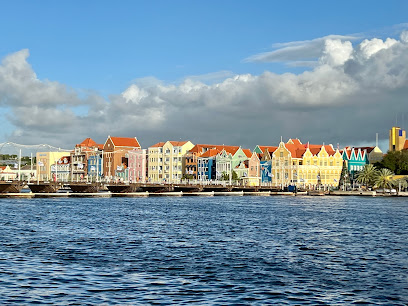
Renaissance Mall & Rif Fort
Explore the vibrant Renaissance Mall & Rif Fort in Willemstad, Curaçao, where shopping meets history and culinary delights await.
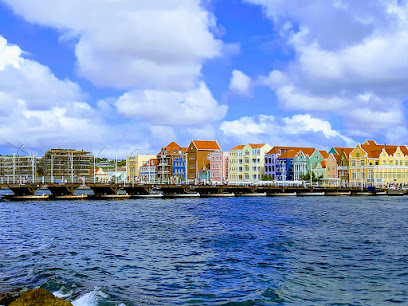
Curaçao Sea Aquarium
Explore the enchanting underwater world at Curaçao Sea Aquarium, where education meets adventure in a tropical paradise.

Hato Caves
Explore the enchanting Hato Caves in Curaçao, where stunning limestone formations meet rich cultural heritage amidst a lush tropical landscape.

Old Market
Discover the vibrant food scene and rich history at Old Market in Willemstad, a must-visit destination for every traveler in Curaçao.

Brión Square
Experience the vibrant culture and rich history at Brión Square, a lively plaza in Willemstad, Curaçao, perfect for exploration and relaxation.
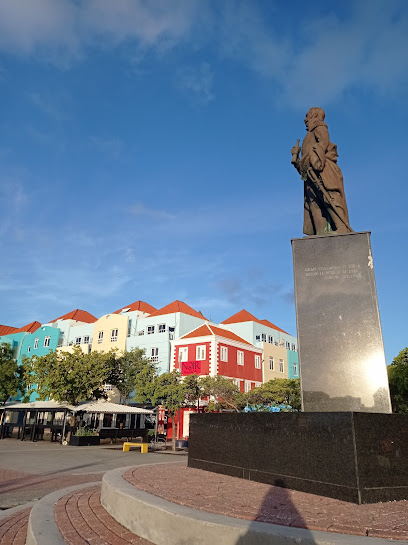
Museum Kura Hulanda
Explore the profound history of Curacao at Museum Kura Hulanda, where the African heritage and Caribbean culture come to life through captivating exhibits.
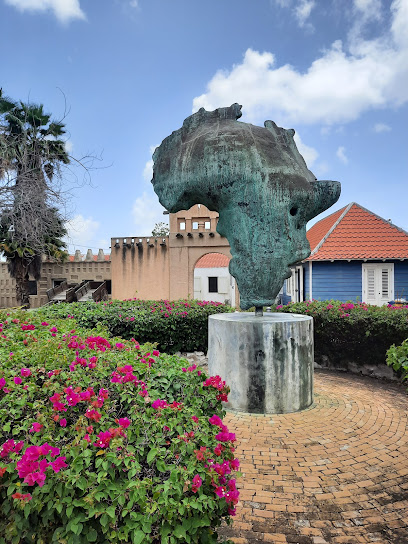
Fort Beekenburg
Experience the charm of Curaçao's colonial past at Fort Beekenburg, a historical landmark with stunning views and rich history.
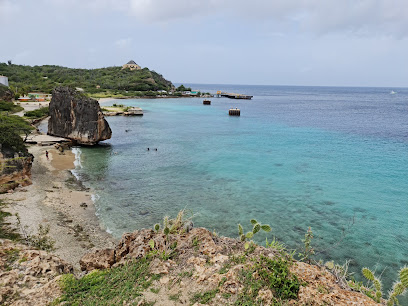
The Curaçao Museum
Explore the vibrant history and culture of Curaçao at The Curaçao Museum, a captivating destination for art lovers and history enthusiasts alike.
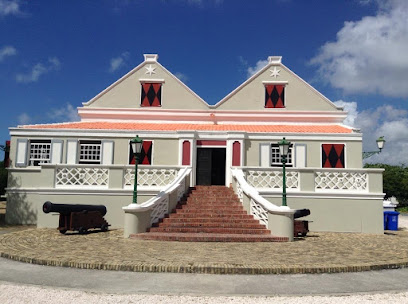
Curacao Maritime History Museum / A treasure chest full of history
Discover Curacao's nautical legacy at the Maritime History Museum, where the island's rich maritime culture comes alive through captivating exhibits.
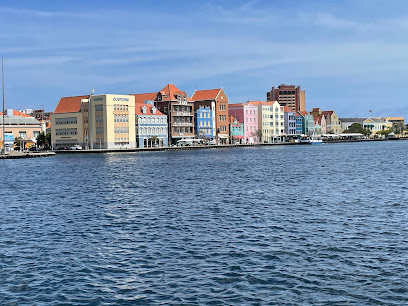
Landhuis Bloemhof cultural center
Discover the vibrant art, culture, and history of Curaçao at Landhuis Bloemhof, a must-visit cultural center in Willemstad.
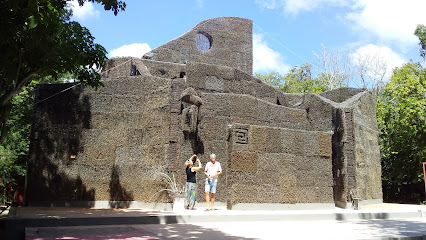
Curaçao Sign
Discover the vibrant Curaçao Sign in Willemstad, a colorful landmark that embodies the island's rich culture and offers stunning photo opportunities.
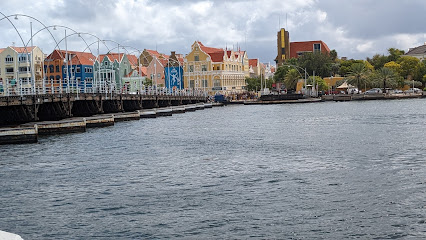
Forti Boka Sami
Discover the flavors of the Caribbean at Forti Boka Sami, a restaurant in Sint Michiel, Curaçao, offering breathtaking views and a vibrant culinary experience.
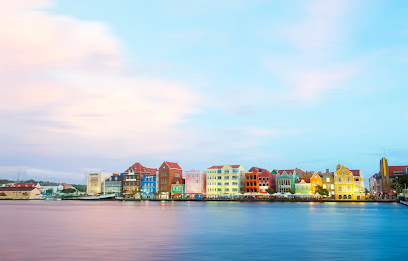
Punda Love Heart
Explore Punda Love Heart in Willemstad, Curaçao – a vibrant tourist attraction showcasing art, culture, and stunning views of the Handelskade.
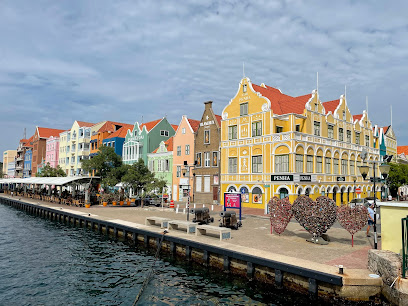
Queen of the Most Holy Rosary Cathedral
Discover the stunning beauty and rich history of Queen of the Most Holy Rosary Cathedral, a must-visit landmark in Willemstad, Curaçao.
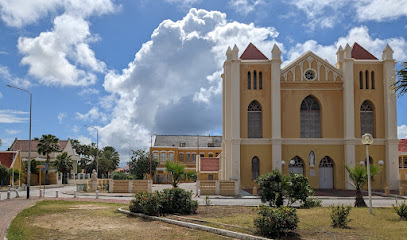
Unmissable attractions to see
Queen Emma Bridge
Explore the iconic Queen Emma Bridge in Willemstad, Curaçao—a stunning floating bridge connecting vibrant districts with breathtaking views.
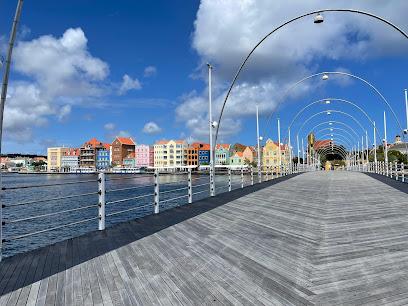
Mambo Beach
Discover Mambo Beach in Willemstad, Curaçao - a vibrant beach destination with stunning waters, lively atmosphere, and endless activities for an unforgettable getaway.
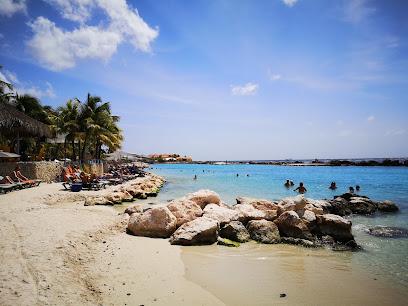
Cas Abao Beach
Experience the breathtaking beauty of Cas Abao Beach in Curaçao, where soft sands and crystal-clear waters await your exploration.
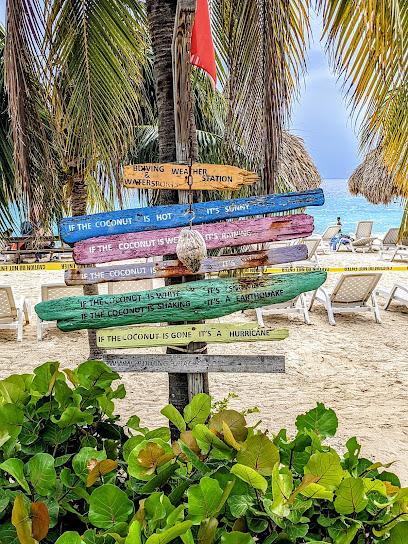
Curaçao Sea Aquarium
Explore the vibrant marine ecosystems at Curaçao Sea Aquarium, a top tourist attraction in Willemstad showcasing the beauty of Caribbean marine life.
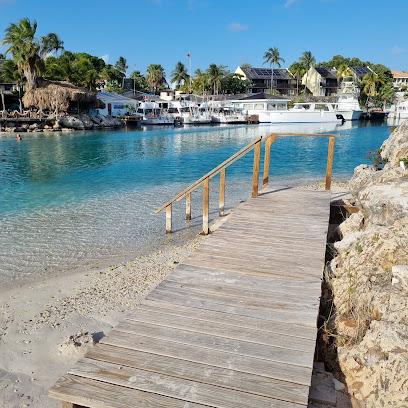
Kokomo Beach
Discover the vibrant atmosphere and stunning beauty of Kokomo Beach in Willemstad, Curaçao, where relaxation meets adventure in a tropical paradise.

Landhuis Chobolobo
Explore the historic Landhuis Chobolobo in Willemstad, the birthplace of Blue Curaçao liqueur, and indulge in a unique cultural experience.
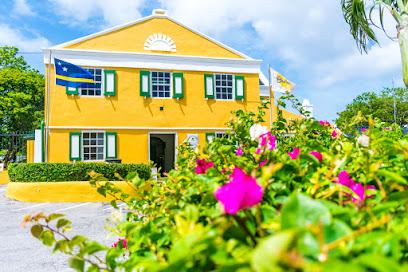
Grote Knip
Discover the stunning Grote Knip beach in Curaçao, a perfect paradise for sunbathing, snorkeling, and enjoying picturesque ocean views.
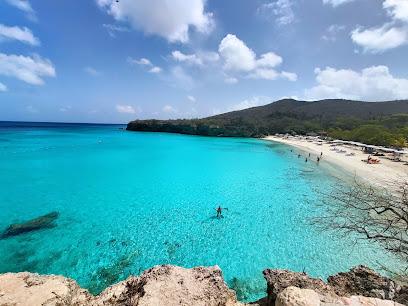
Hato Caves
Discover the stunning Hato Caves in Curaçao, where nature's beauty meets rich history in an unforgettable underground adventure.
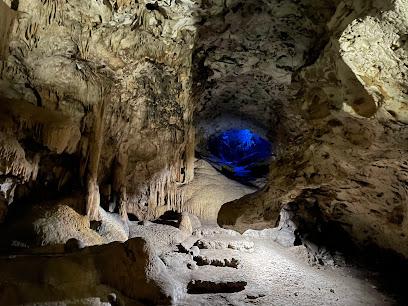
Playa Grandi
Discover the beauty of Playa Grandi in Sabana Westpunt, Curaçao, where sun, sea, and vibrant marine life come together in a perfect beach getaway.

Christoffel National Park
Discover the breathtaking landscapes and diverse wildlife of Christoffel National Park in Curaçao, a paradise for nature lovers and adventurers alike.
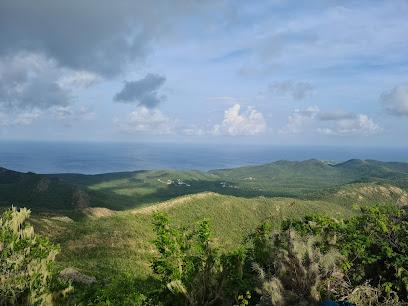
Playa Lagun
Explore the tranquil beauty of Playa Lagun in Curaçao, where pristine beaches meet vibrant marine life for a perfect Caribbean getaway.
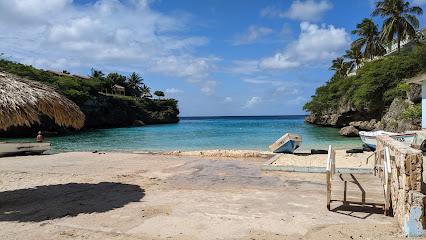
Shete Boka National Park
Explore the breathtaking landscapes and rich biodiversity of Shete Boka National Park, a stunning natural attraction in Curaçao.
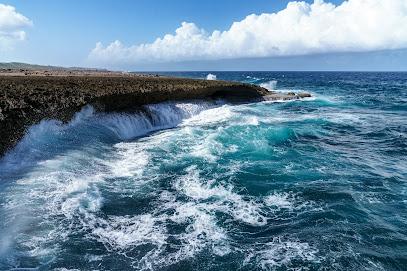
Daaibooi Beach
Discover the serene beauty of Daaibooi Beach in Curaçao, where turquoise waters meet golden sands for an unforgettable tropical escape.
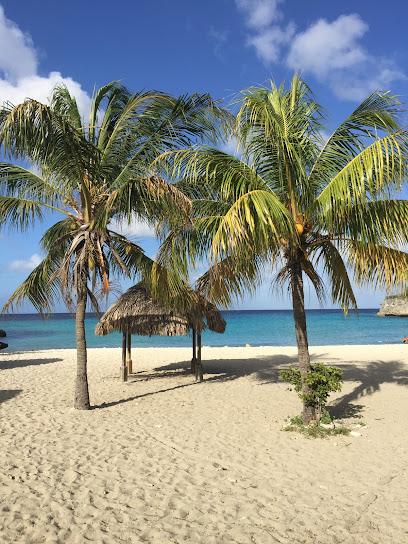
Brión Square
Explore Brión Square, a vibrant plaza in Willemstad, Curaçao, rich in culture, history, and local flavors, perfect for an unforgettable Caribbean experience.
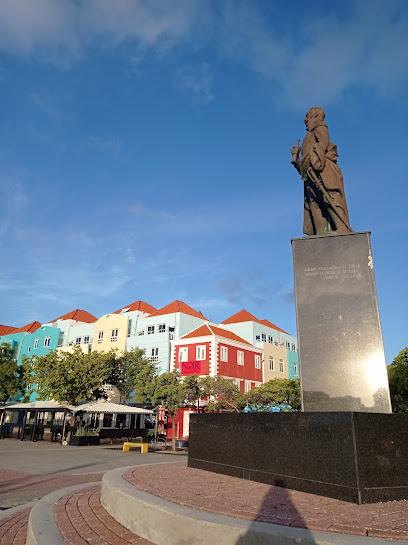
Museum Kura Hulanda
Discover the profound history of Curaçao at Museum Kura Hulanda, a captivating journey through the island's diverse cultural heritage and the legacy of the African slave trade.

Essential places to dine
De Visserij piscadera
Experience authentic Caribbean flavors at De Visserij Piscadera – Willemstad's premier seafood destination with stunning waterfront views.
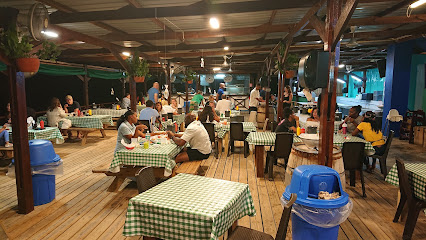
Pirate Bay Curaçao Beach Club and Restaurant
Experience the best of Caribbean dining at Pirate Bay Curaçao Beach Club & Restaurant – where delicious cuisine meets stunning ocean views.
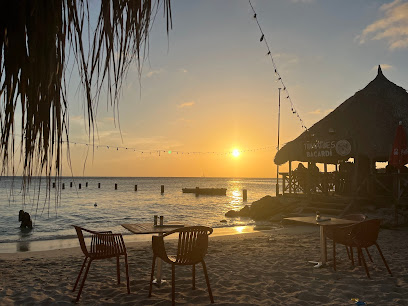
Restaurant & Café Gouverneur De Rouville
Experience the flavors of Curaçao at Restaurant & Café Gouverneur De Rouville, where Caribbean cuisine meets stunning waterfront views.
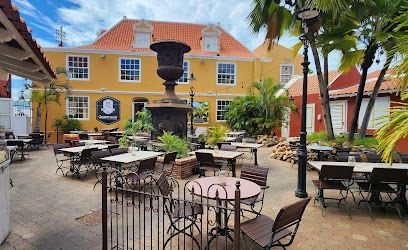
Iguana Café
Discover Iguana Café in Willemstad for delicious cuisine and stunning views of St. Anna's Bay in Curaçao.
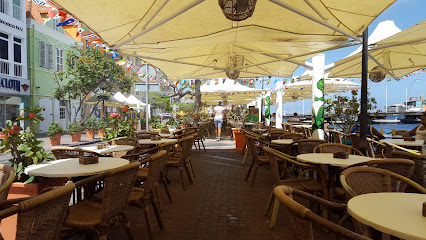
La Bohème Curaçao
Experience the vibrant flavors of the Caribbean at La Bohème Curaçao - your go-to spot for breakfast, brunch, and delightful meals.
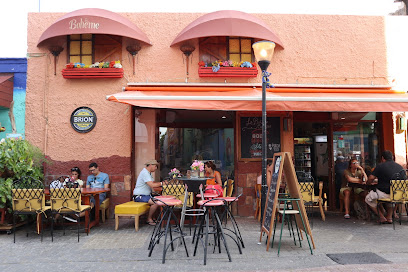
Fort Nassau
Experience breathtaking views and exquisite local cuisine at Fort Nassau in Willemstad, Curaçao—a culinary gem steeped in history.

Steak & Ribs
Savor mouthwatering steaks and ribs at Steak & Ribs in Willemstad – an essential stop for every food lover visiting Curaçao.
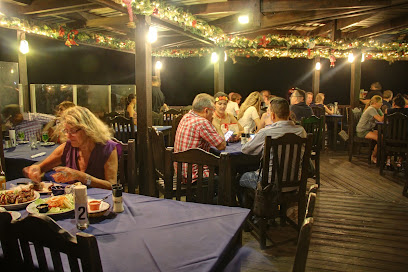
Kome
Experience the vibrant flavors of Curaçao at Kome, where innovative Caribbean cuisine meets warm island hospitality.
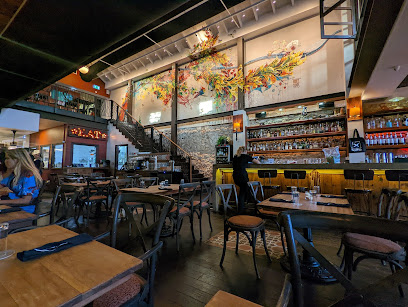
Zest Restaurant& Beach Cafe
Experience exquisite Mediterranean flavors and stunning ocean views at Zest Restaurant & Beach Cafe in beautiful Curaçao.
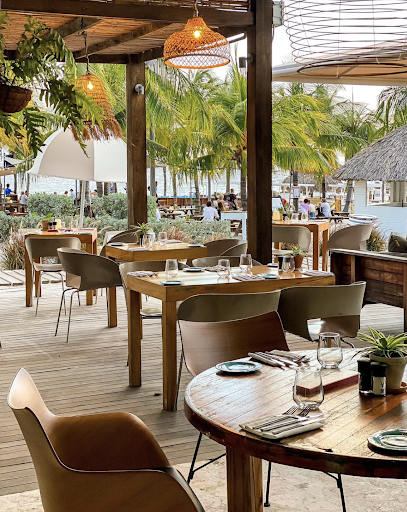
Plein Café Wilhelmina
Experience authentic Curaçaoan flavors at Plein Café Wilhelmina - a vibrant diner in Willemstad perfect for every meal.
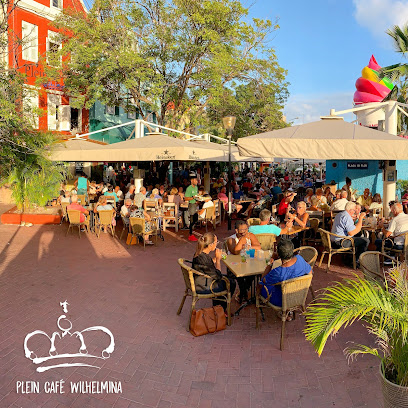
Sea Side Terrace
Experience exquisite seafood dining with stunning ocean views at Sea Side Terrace in Willemstad, Curaçao.
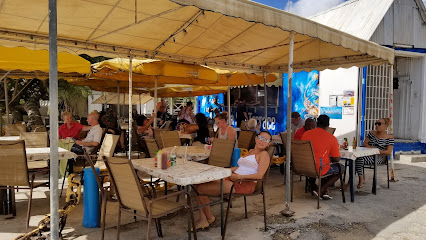
De Buren Curaçao
Experience culinary excellence at De Buren Curaçao—where local flavors meet international cuisine in a charming setting.
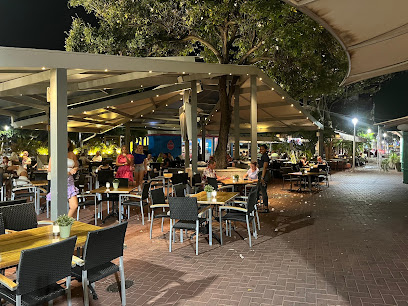
Mundo Bizarro
Discover the vibrant flavors of Curaçao at Mundo Bizarro – where culinary creativity meets island charm in Willemstad.
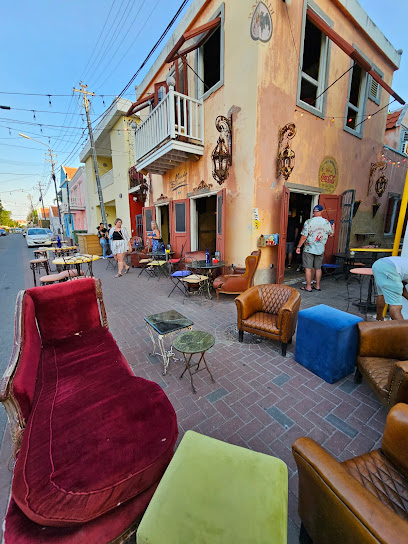
BijBlauw
Experience the culinary artistry and stunning seaside views at BijBlauw in Willemstad, Curaçao - where every meal is a celebration.
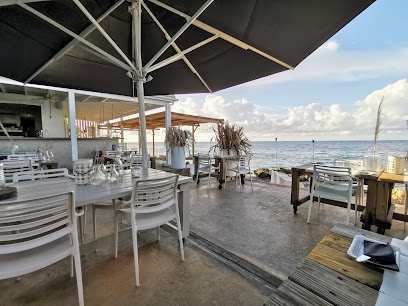
De Dames
Experience authentic Caribbean cuisine at De Dames in Willemstad—where local flavors meet delightful dining.
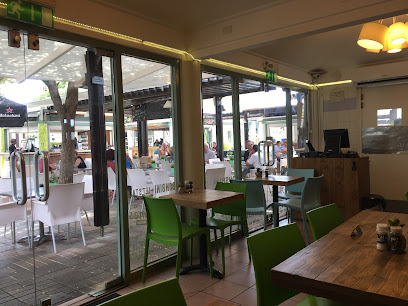
Markets, malls and hidden boutiques
Renaissance Mall & Rif Fort
Discover shopping, dining, and history at the Renaissance Mall & Rif Fort in Willemstad, Curaçao, where modern luxury meets Caribbean charm.
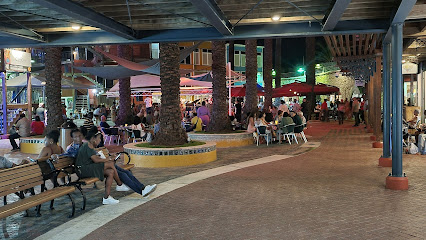
Sambil Curacao
Discover the premier shopping destination in Willemstad with a blend of local charm and international brands at Sambil Curacao.
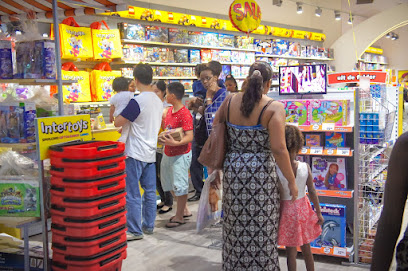
Zuikertuin Mall
Experience shopping, dining, and culture at Zuikertuin Mall, the premier shopping destination in Willemstad, Curaçao.

La Curacao
Explore La Curacao, a vibrant department store in Willemstad offering an extensive range of products and local treasures for every traveler.
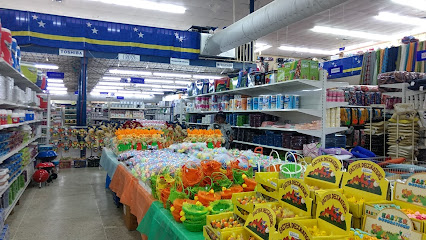
Promenade Shopping Center
Explore the Promenade Shopping Center in Willemstad, Curaçao - where shopping meets local culture and vibrant dining experiences.
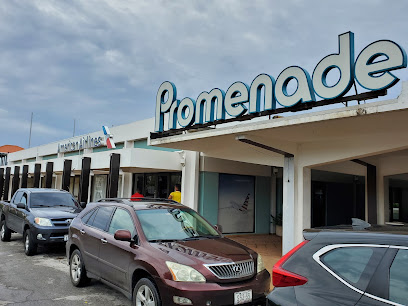
Bloempot Shopping Center
Explore the lively Bloempot Shopping Center in Willemstad for an unforgettable shopping experience filled with local culture, dining, and entertainment.
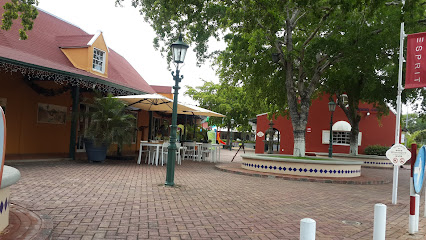
Blue Mall shopping centre
Experience shopping, dining, and beauty services at Blue Mall, the premier shopping destination in Willemstad, Curaçao.
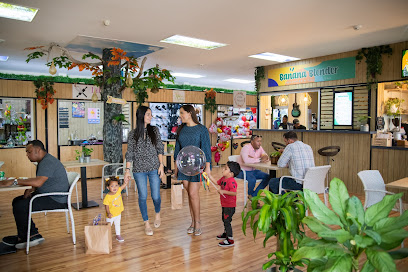
Chichi Shop Punda
Discover vibrant local crafts and unique souvenirs at Chichi Shop Punda, a gem in Willemstad, Curacao showcasing the island's rich culture.
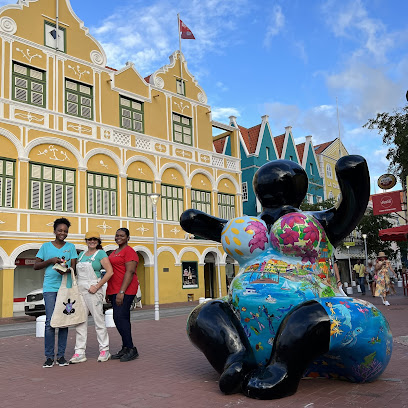
Concept Store by Sea & Sand
Discover unique treasures and local craftsmanship at Concept Store by Sea & Sand, a vibrant shopping experience in Willemstad, Curaçao.
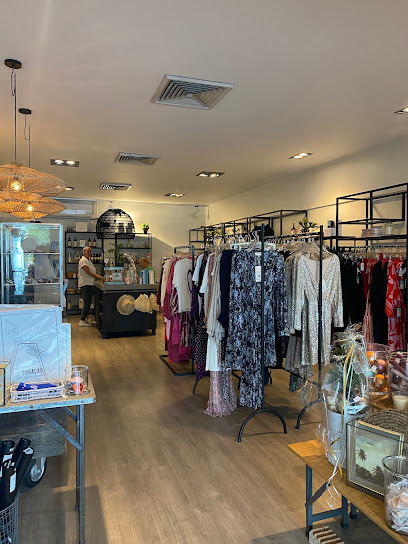
JOY by OPRA
Explore JOY by OPRA in Willemstad, Curaçao—your go-to gift shop for unique local crafts and memorable souvenirs.
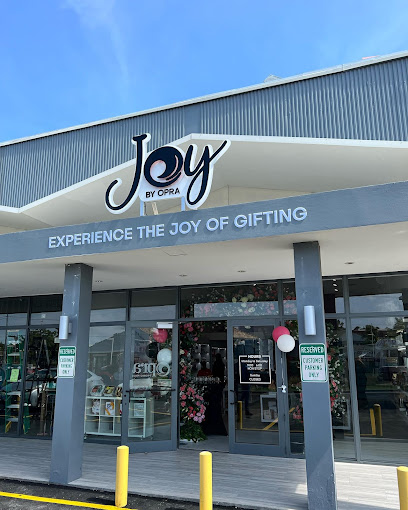
Island Treasures
Explore the vibrant island culture through unique souvenirs at Island Treasures, a must-visit store in Punda, Willemstad.
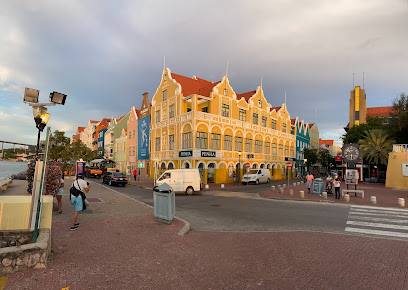
I love Curacao #The hidden beauty of the Caribbean
Explore the vibrant culture of Curacao through unique souvenirs and local crafts at this charming store in Riff Fort.
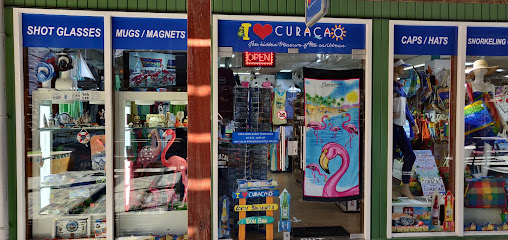
Britt Shop
Discover the vibrant charm of Curacao at Britt Shop, your ideal destination for unique gifts and memorable souvenirs.
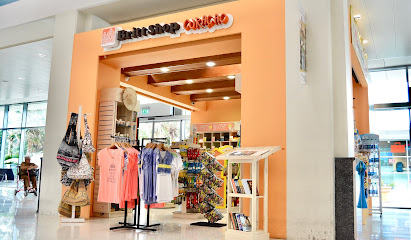
Buy Wise
Explore trendy clothing and unique accessories at Buy Wise in Willemstad, the ultimate shopping destination for fashion lovers in Curaçao.
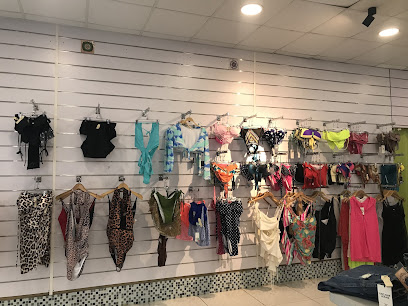
Emilia Boutique
Explore Emilia Boutique in Punda, Willemstad for unique clothing and swimwear that embodies the vibrant spirit of Curaçao's fashion scene.
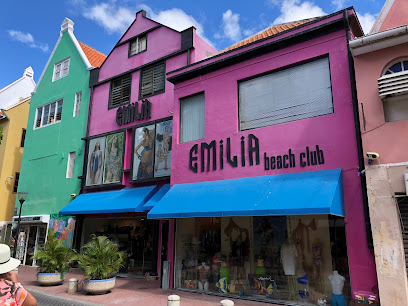
Essential bars & hidden hideouts
Pirate Bay Curaçao Beach Club and Restaurant
Experience the perfect blend of relaxation and vibrant dining at Pirate Bay Curaçao Beach Club, where ocean views and delicious food await.
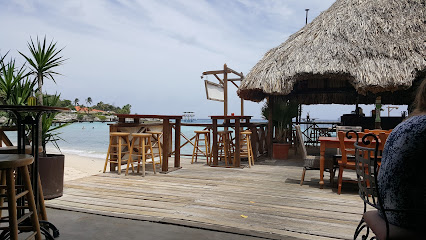
Wet & Wild Beach Club
Discover the vibrant atmosphere and stunning views at Wet & Wild Beach Club in Willemstad, Curaçao, the ultimate beach destination for relaxation and fun.
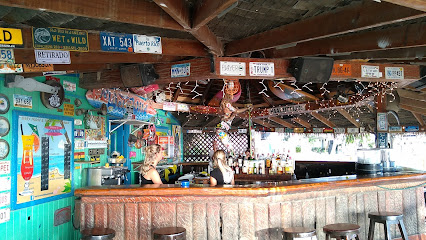
Netto Bar
Experience the vibrant nightlife of Willemstad at Netto Bar, where refreshing drinks and friendly vibes await every visitor.
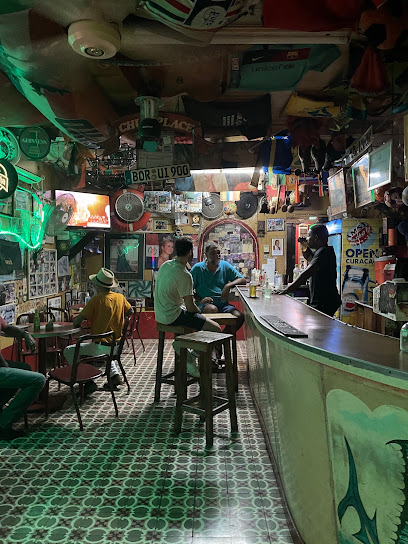
The Sopranos Sport Bar & Pizzeria
Discover the vibrant mix of Italian cuisine and live sports at The Sopranos Sport Bar & Pizzeria in Willemstad, Curaçao.

Mr Porter
Experience the vibrant nightlife at Mr. Porter, a chic bar in Willemstad offering expertly crafted cocktails and a lively atmosphere.
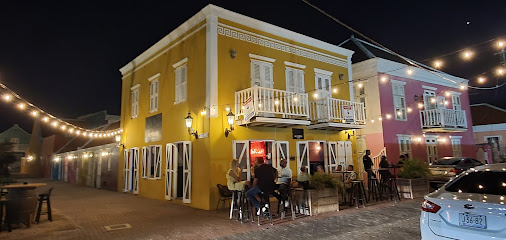
Schooner Bar
Discover the vibrant flavors of Curaçao at Schooner Bar, where delectable small plates and refreshing cocktails await in a stunning coastal setting.
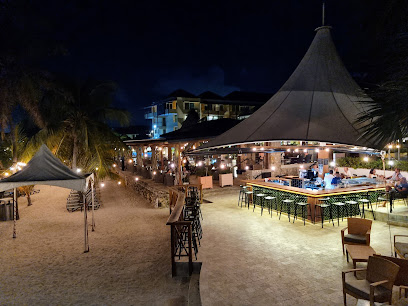
La Fogata Terrace & Sports Bar
Experience the vibrant flavors of Curaçao at La Fogata Terrace & Sports Bar, where grilled delights and a lively atmosphere await.
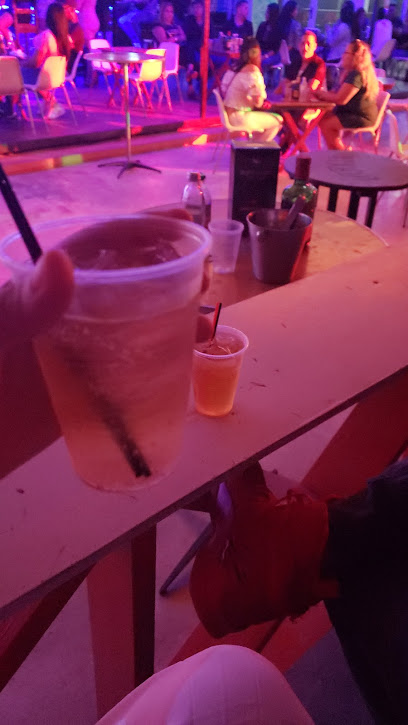
5 O'clock Somewhere Curaçao
Experience the vibrant atmosphere and delightful flavors at 5 O'clock Somewhere Curaçao, where the Caribbean spirit comes alive.
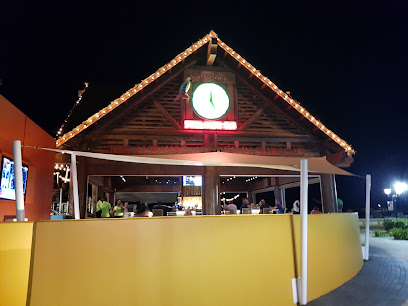
Tiki Loco
Discover Tiki Loco, the lively cocktail bar and hamburger restaurant in Willemstad, where vibrant flavors meet a festive atmosphere.
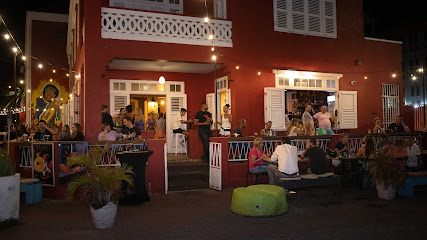
Tap Maar In
Experience the vibrant nightlife at Tap Maar In - the ultimate bar in Willemstad, Curaçao for cocktails, live music, and unforgettable memories.
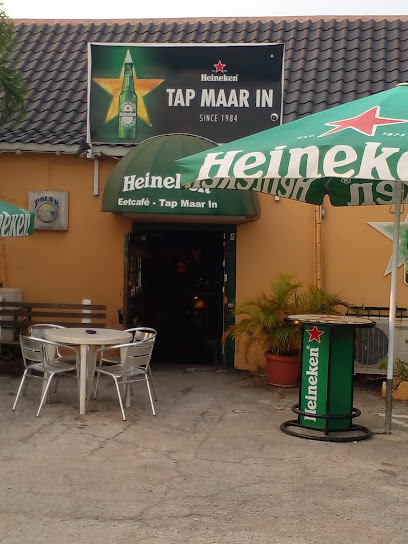
Doo-shee cocktail bar
Experience the vibrant nightlife of Curacao at Doo-shee Cocktail Bar, where expertly crafted cocktails and a lively atmosphere await.
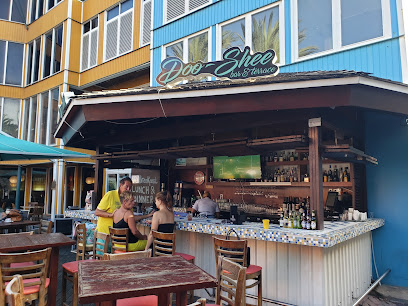
The World Best Mojito Bar
Discover the ultimate mojito experience in Punda, Willemstad at The World Best Mojito Bar, where refreshing flavors meet vibrant atmosphere.
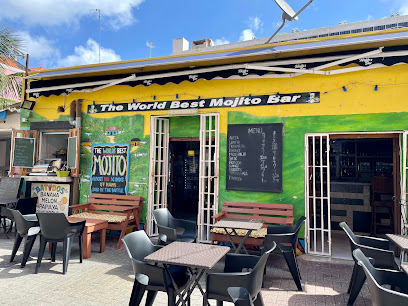
GAZE Bar & Lounge Curaçao
Discover the vibrant nightlife at GAZE Bar & Lounge in Willemstad, Curaçao, where cocktails and music create unforgettable experiences.
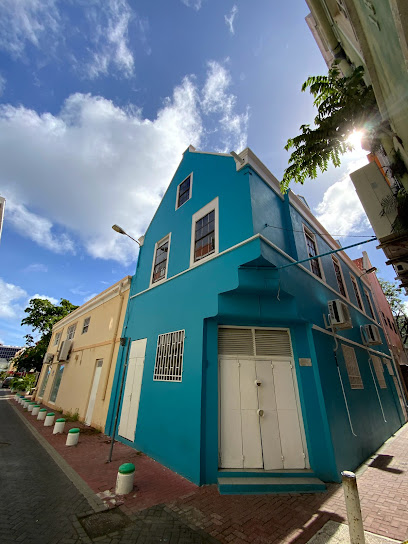
BAR P Curaçao
Experience the vibrant nightlife and local flavors at BAR P Curaçao, a lively bar perfect for relaxation and socializing in Willemstad.
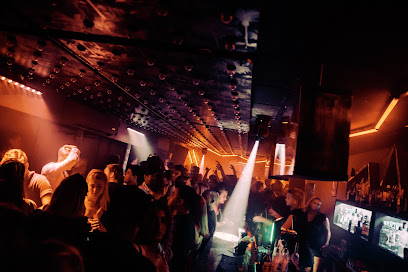
Nati
Experience the vibrant nightlife and local culture at Nati, a lively bar in Willemstad, Curaçao, perfect for unwinding with drinks and music.
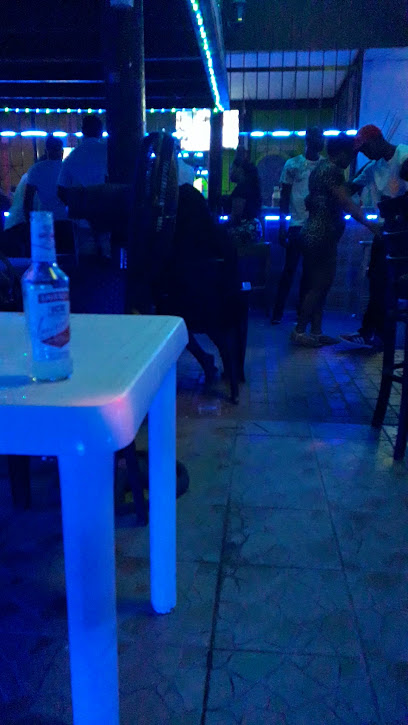
Local Phrases
-
- HelloBon dia
[Bon dee-ah] - GoodbyeAyo
[Ah-yo] - YesSi
[See] - NoNo
[No] - Please/You're welcomePor fabor
[Por fah-bor] - Thank youDanki
[Dahn-kee] - Excuse me/SorrySori
[Soh-ree] - How are you?Kon ta bai?
[Kohn tah bye] - Fine. And you?Bon. I bo?
[Bon. Ee boh] - Do you speak English?Bo papia Ingles?
[Boh pah-pee-ah Een-gless] - I don't understandMi no ta kompronde
[Mee noh tah kohm-prohn-deh]
- HelloBon dia
-
- I'd like to see the menu, pleaseMi kier mira e menu, por fabor
[Mee kee-er mee-rah eh meh-noo, por fah-bor] - I don't eat meatMi no kome karni
[Mee noh koh-meh kar-nee] - Cheers!Salud!
[Sah-lood] - I would like to pay, pleaseMi kier paga, por fabor
[Mee kee-er pah-gah, por fah-bor]
- I'd like to see the menu, pleaseMi kier mira e menu, por fabor
-
- Help!Yudami!
[Yoo-dah-mee] - Go away!Bai for di aki!
[Bye fohr dee ah-kee] - Call the Police!Yama polis!
[Yah-mah poh-lees] - Call a doctor!Yama un dokter!
[Yah-mah oon dohk-tehr] - I'm lostMi ta perdi
[Mee tah pehr-dee] - I'm illMi ta malu
[Mee tah mah-loo]
- Help!Yudami!
-
- I'd like to buy...Mi kier kumpra...
[Mee kee-er koom-prah] - I'm just lookingMi ta solamente mirando
[Mee tah soh-lah-men-teh mee-rahn-doh] - How much is it?Kuantu e ta?
[Kwan-too eh tah] - That's too expensiveEsaki ta muchu karu
[Eh-sah-kee tah moo-choo kah-roo] - Can you lower the price?Bo por baha e prijs?
[Boh por bah-hah eh prees]
- I'd like to buy...Mi kier kumpra...
-
- What time is it?Kuantu ora e ta?
[Kwan-too oh-rah eh tah] - It's one o'clockE ta un ora
[Eh tah oon oh-rah] - Half past (10)Mitad di dies
[Mee-tahd dee dees] - MorningMarduga
[Mahr-doo-gah] - AfternoonAtardi
[Ah-tar-dee] - EveningAnochi
[Ah-noh-chee] - YesterdayAyera
[Ah-yeh-rah] - TodayAwe
[Ah-weh] - TomorrowMañana
[Mah-nyah-nah] - 1Uno
[Oo-noh] - 2Dos
[Dohs] - 3Tres
[Tress] - 4Cuatro
[Kwah-troh] - 5Cinco
[Seen-koh] - 6Seis
[Sayss] - 7Siete
[See-eh-teh] - 8Ocho
[Oh-choh] - 9Nueve
[Nweh-veh] - 10Diez
[Dee-ess]
- What time is it?Kuantu ora e ta?
-
- Where's a/the...?Unda tin un/e...
[Oon-dah teen oon/eh] - What's the address?Kua ta e adres?
[Kwah tah eh ah-dress] - Can you show me (on the map)?Bo por mustra mi (riba e mapa)?
[Boh por moos-trah mee (ree-bah eh mah-pah)] - When's the next (bus)?Kuando ta e siguiente (bus)?
[Kwan-doh tah eh see-gwee-ehn-teh (boos)] - A ticket (to ....)Un biahe (pa ....)
[Oon byah-heh (pah)]
- Where's a/the...?Unda tin un/e...
History of Willemstad
-
Willemstad was founded in 1634 by the Dutch West India Company after they captured the island of Curaçao from Spain. The settlement quickly grew as a center for trade and commerce due to its strategic location in the Caribbean.
-
In 1635, Fort Amsterdam was constructed to protect the city and its valuable harbor. The fort became the headquarters of the Dutch West India Company and played a crucial role in the defense against potential Spanish and pirate attacks.
-
During the 17th and 18th centuries, Willemstad became a significant hub in the transatlantic slave trade. Enslaved Africans were brought to Curaçao to be sold and transported to other parts of the Americas. The city’s economy thrived on this trade, leaving a lasting impact on its demographic and cultural landscape.
-
In the 1650s, a group of Sephardic Jews fleeing persecution in Europe established a community in Willemstad. They played a pivotal role in the city’s economic development, particularly in trade and finance. The Mikvé Israel-Emanuel Synagogue, built in 1732, is the oldest continuously used synagogue in the Americas.
-
Completed in 1888, the Queen Emma Bridge is a floating pontoon bridge that connects the Punda and Otrobanda districts of Willemstad. This engineering marvel is affectionately known as the 'Swinging Old Lady' due to its hinged mechanism that allows it to open for maritime traffic.
-
In 1997, the historic area of Willemstad, including its unique architecture and cultural significance, was designated a UNESCO World Heritage Site. This recognition highlights the city's rich history and its well-preserved colonial buildings, particularly in the districts of Punda, Otrobanda, Scharloo, and Pietermaai.
-
Willemstad is known for its vibrant cultural festivals, including Carnival, which features colorful parades, music, and dances reflecting the island’s diverse heritage. Other significant events include the Curaçao North Sea Jazz Festival and the Seú Harvest Festival, each celebrating different aspects of the island’s culture and history.
Willemstad Essentials
-
Willemstad is located on the island of Curaçao in the southern Caribbean Sea. The primary point of entry is the Curaçao International Airport (Hato International Airport), which is approximately 12 kilometers from Willemstad. The airport receives direct flights from major cities in North America, Europe, and the Caribbean. From the airport, you can take a taxi or a shuttle service to reach your accommodation in Willemstad.
-
Willemstad has a range of transportation options. Taxis are readily available and can be hailed on the street or booked through your hotel. Public buses are an affordable option and connect various parts of the city and the island, but schedules can be irregular. Renting a car is a popular choice for tourists who want to explore beyond the city. Biking and walking are also great ways to explore Willemstad, especially in the historic districts of Punda and Otrobanda.
-
The official currency of Curaçao is the Netherlands Antillean Guilder (ANG), sometimes called the Florin. US dollars are widely accepted, and ATMs are plentiful in Willemstad. Credit cards are accepted in most hotels, restaurants, and shops, but it's advisable to carry some cash for smaller establishments and local markets. Currency exchange services are available at the airport and in major banks around the city.
-
Willemstad is generally safe for tourists, but it's important to stay vigilant. Areas like Punda and Otrobanda are usually safe during the day but can be risky at night. It's advisable to avoid walking alone in poorly lit areas and to keep an eye on your belongings in crowded places. Be cautious in areas such as Seru Fortuna and Souax, which have higher crime rates. Always lock your car and avoid leaving valuables in plain sight.
-
In case of emergency, dial 911 for police, fire, and medical services. The main hospital in Willemstad is the Curaçao Medical Center, which provides comprehensive medical services. Pharmacies are available throughout the city for minor health issues. It is recommended to have travel insurance that covers medical emergencies. For consular assistance, contact your country's embassy or consulate in Curaçao.
-
Fashion: Do dress comfortably and casually, but avoid overly revealing clothing, especially when visiting religious sites. Religion: Do respect local customs and traditions. Avoid loud behavior in religious and sacred places. Public Transport: Do be patient and polite when using public buses. Don’t eat or drink on public transport. Greetings: Do greet people with a friendly 'Bon Dia' (Good Morning) or 'Bon Tardi' (Good Afternoon). A handshake is common. Eating & Drinking: Do try local dishes like 'Keshi Yena' and 'Funchi.' Don’t refuse food or drink offerings as it is considered impolite.
-
To experience Willemstad like a local, visit the floating market where vendors sell fresh produce and fish from their boats. Explore the colorful Handelskade waterfront and the historic Rif Fort. Engage with locals—they are generally friendly and willing to share tips about hidden gems. Don’t miss the opportunity to snorkel or dive in the crystal-clear waters to see Curaçao's vibrant marine life. For a unique experience, attend a local festival or cultural event to immerse yourself in the island's rich heritage.
Trending Landmark in Willemstad
-
Queen Emma Bridge
-
Renaissance Mall & Rif Fort
-
Curaçao Sea Aquarium
-
Hato Caves
-
Old Market
-
Brión Square
-
Museum Kura Hulanda
-
Fort Beekenburg
-
The Curaçao Museum
-
Curacao Maritime History Museum / A treasure chest full of history
-
Landhuis Bloemhof cultural center
-
Curaçao Sign
-
Forti Boka Sami
-
Punda Love Heart
-
Queen of the Most Holy Rosary Cathedral
Nearby Cities to Willemstad
-
Things To Do in Julianadorp
-
Things To Do in Sint Michiel
-
Things To Do in Barber
-
Things To Do in Soto
-
Things To Do in Sabana Westpunt
-
Things To Do in Westpunt
-
Things To Do in San Nicolas
-
Things To Do in Savaneta
-
Things To Do in Santa Cruz
-
Things To Do in Pos Chiquito
-
Things To Do in Paradera
-
Things To Do in Sero Blanco
-
Things To Do in Tanki Leendert
-
Things To Do in Oranjestad
-
Things To Do in Noord





